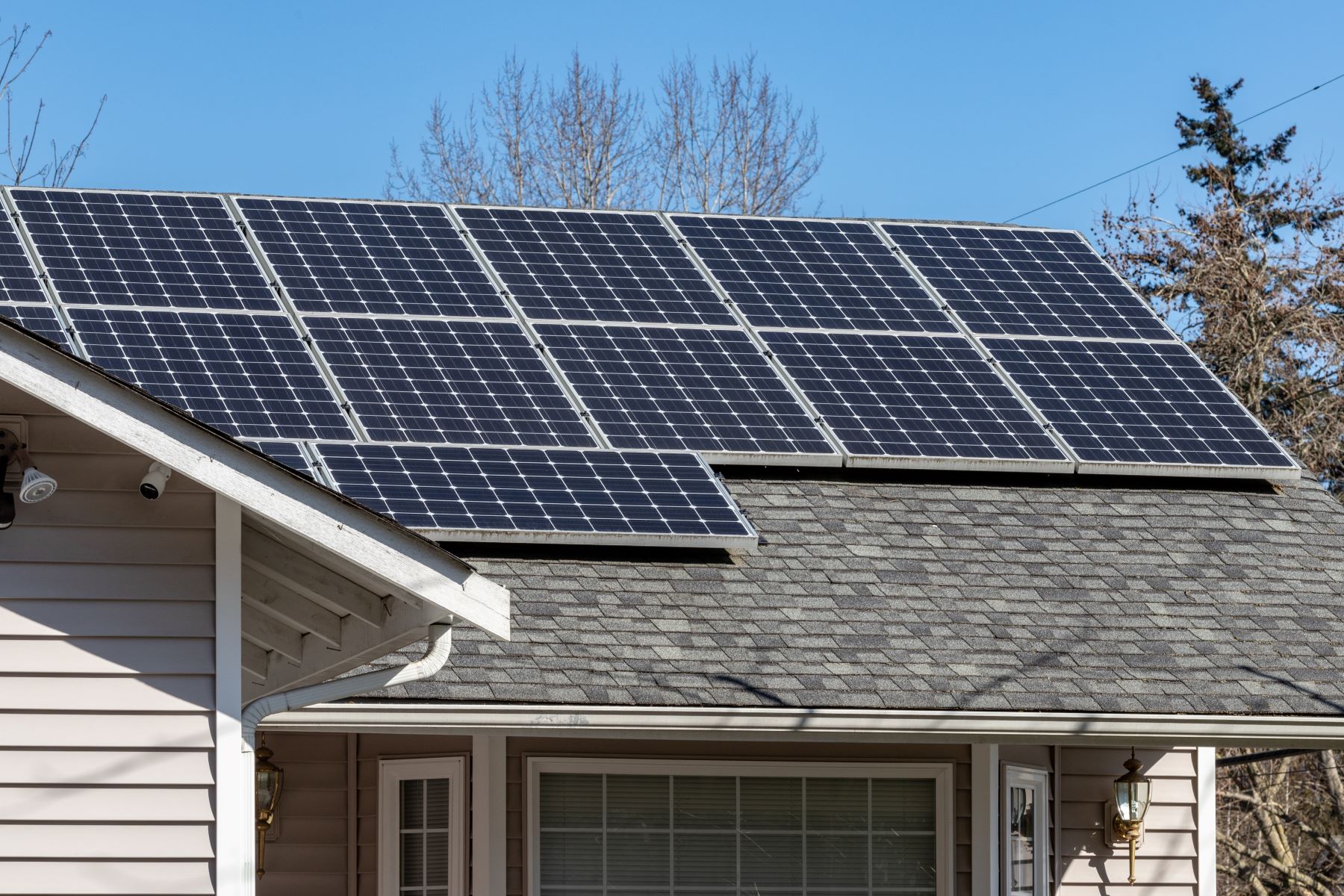
CALGreen Services for City of Sonoma
The City of Sonoma has also adopted the CALGreen green building code to promote sustainable construction practices and reduce the environmental impact of new developments.

The City of Sonoma has also adopted the CALGreen green building code to promote sustainable construction practices and reduce the environmental impact of new developments.

City of Santa Rosa has implemented stringent green building codes in line with the statewide CALGreen program. Santa Rosa is committed to reducing the environmental impact of new developments and promoting sustainable construction practices.

This article will discuss the CALGreen Services for San Rafael

The City of Napa has also adopted a stringent form of CALGreen green building code to reduce the environmental impact of new construction and promote

The Dual Fuel Heat Pump is a combination of both heating and cooling systems which consists of electric heat pump and a gas furnace. The major heating load is addressed by the heat pump as it is more efficient than the gas furnace.

CALGreen – City of Palo Alto has implemented one of the most aggressive green building codes in the state of California. Due to very high value of real estate and heightened awareness for sustainable construction practices among the residents, city has succeeded in justifying the enforcement of green building code that few other cities in the state of California have enforced.

California, a renowned leader in environmental protection, has implemented CALGreen, a comprehensive green building code that sets mandatory standards for sustainable construction.

California is a state known for its commitment to sustainability and environmental protection. One of the ways it achieves this is through the implementation of Title 24, a set of building energy efficiency standards.

California has long been a leader in environmental protection, and its commitment to sustainability is evident through its progressive building code: Title 24.

CALGreen Code Section A5.405.5: Cement and concrete.
Use cement and concrete made with recycled products and complying with the following sections:
CALGreen Code Section A5.405.5.1: Cement.